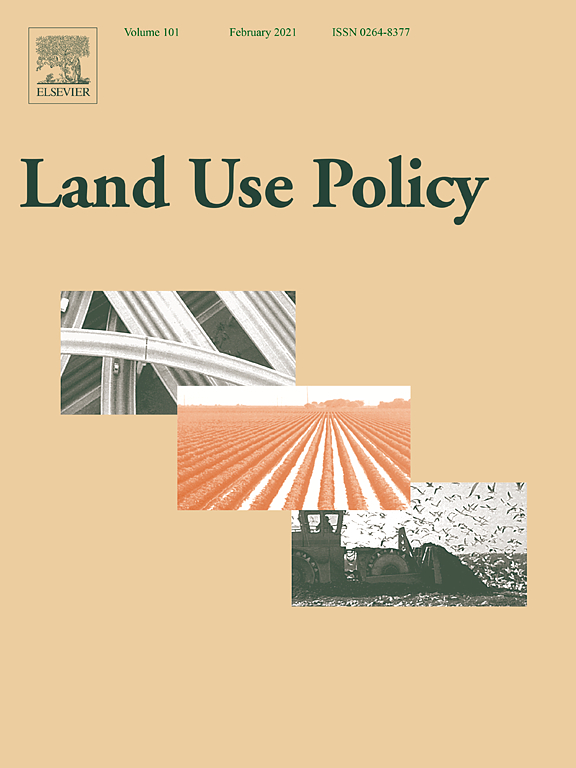Perspectives on agriculturally used drained peat soils: Comparison of the socioeconomic and ecological business environments of six European regions
In Northern, Eastern and Central European countries, peat soils drained for agriculture are a considerable source of greenhouse gas emissions. Since emissions from this source have high mitigation potential, they will likely be a focus of the European Union’s future climate goals. We describe and compare the similarities and differences in the socioeconomic and ecological business environment that policy makers, planners and farmers are confronted with when developing tailored proposals for low emission land use alternatives on peat land.


